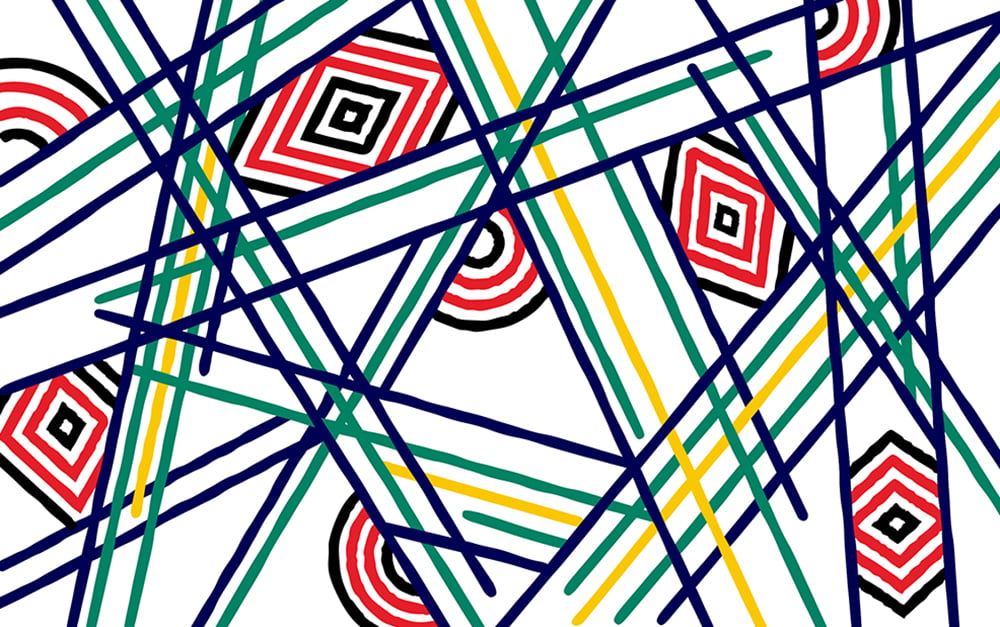Sustainable Technologies and Systems Platform
Environmentally, the Earth is at a tipping point for irreversible collapse of critical biosystems due to unsustainable practices leading to pollution and climate change.
Embedding circular economy principles within a Social Innovation Precinct
The project aimed to contextualise previous circular economy related work conducted by the Integrated Circular Economy, Clean Energy and Climate Resilience (IC3P) and the Victorian Circular Activator (VCA) team, which included Circular Economy (CE) ecosystem mapping and circular business models, for practical application to the SIP region.
Circular economy integration for sustainable built environment education
The circular economy (CE) model has been referred to as a promising solution to gradually decouple economic growth from natural resources by closing loops.








